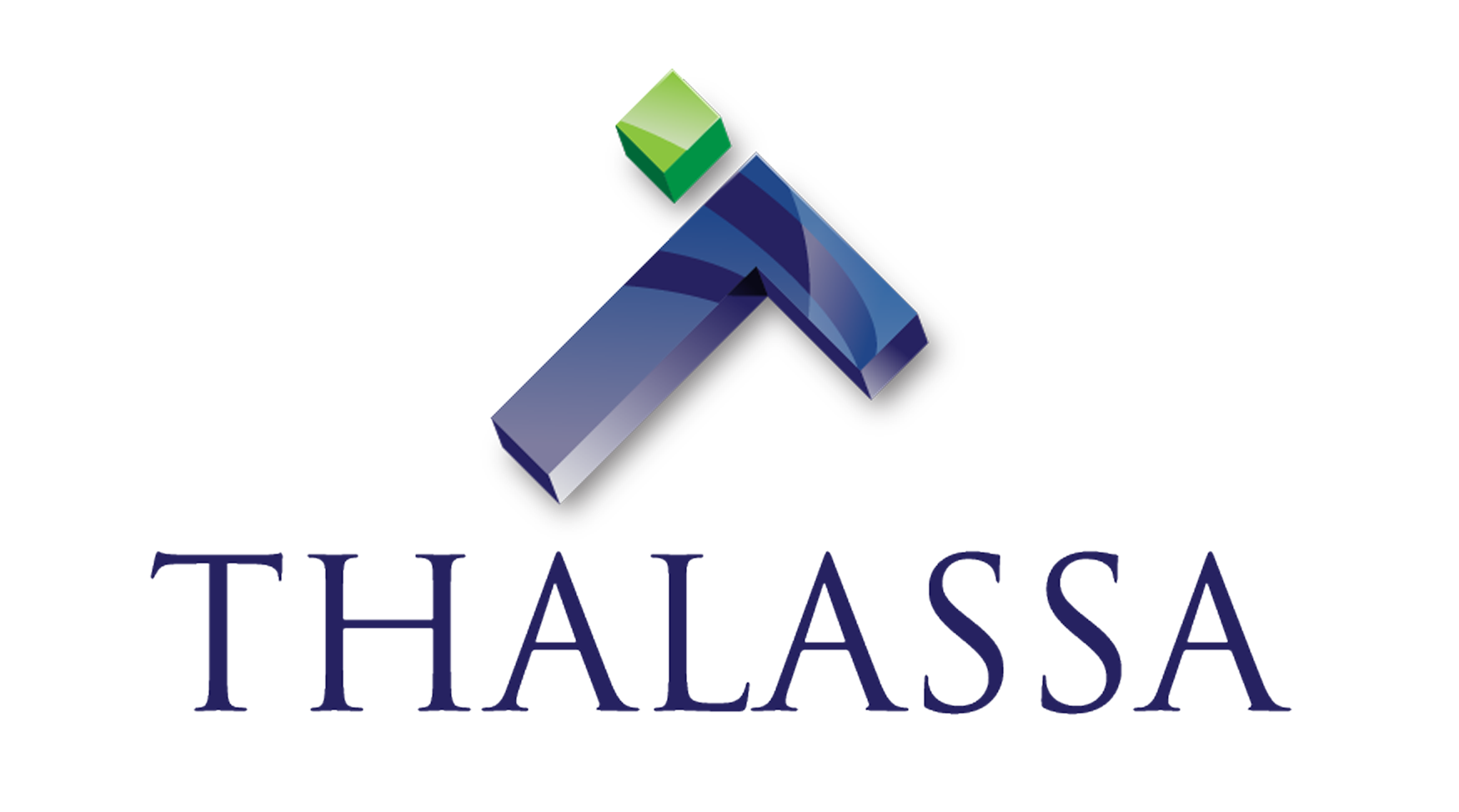“When I look back on all these worries, I remember the story of the old man who said on his deathbed that he had had a lot of trouble in his life, most of which had never happened.” Winston Churchill
Churchill’s words certainly seem to ring true as we cross the halfway point in 2023. Most of the year has been spent worrying about a recession that ultimately has not yet materialized.
Eventually a recession will happen but the timing of it is confounding most investors. Given the track record of the yield curve as an excellent predictor of recessions when it undergoes an inversion (when the 2-year Treasury yield is higher than the 10-year), we should be entering a recession anytime. The inversion is one of the steepest on record and by allowing for the time lag required since the inception of the inversion and the start of the economic contraction, some experts indicate September or October as the fatal moment. Another model run by the Federal Reserve indicates a 71% chance of a contraction within the next 12 months.
Overall, the consensus on Wall Street is that a recession is most likely in the second part of this year. This was the call we also made at the end of last year and for now we stick by it and continue to retain a cautious stance in our portfolio with a mix of bonds, defensive equities, and active options strategies.
So far, the best performance came from a strong rebound in the tech sector, the result of a mix of a valuation correction after the abrupt collapse of last year and, perversely, a perception by investors that in a recessionary period induced by high interest rates, tech would actually act as a defensive asset. Tech valuations are once again too high, and earnings expectations might need to start coming down soon.
Energy infrastructures have been performing positively, albeit not as strongly as last year and certainly not as strongly as more risky assets, but we view the sector as another defensive play in case of an economic slowdown given the high distribution levels and the generally stable demand background for their products and services.
In the pharmaceutical and biotech space, we note a lack of performance in the more defensive sectors (large pharma) as well as in the more aggressive side of the industry (biotech). This is certainly disappointing as we see valuations in the space as relatively attractive.
In conclusion, we continue to play defensively and selectively in the belief that the market’s climbing of the wall of worry will eventually give way to more subdued action.
As always, we would like to thank you for the renewed confidence in our work,
Youri Bujko
Davide Accomazzo

